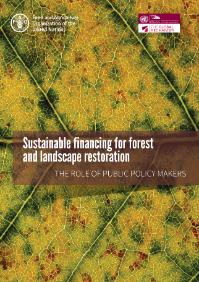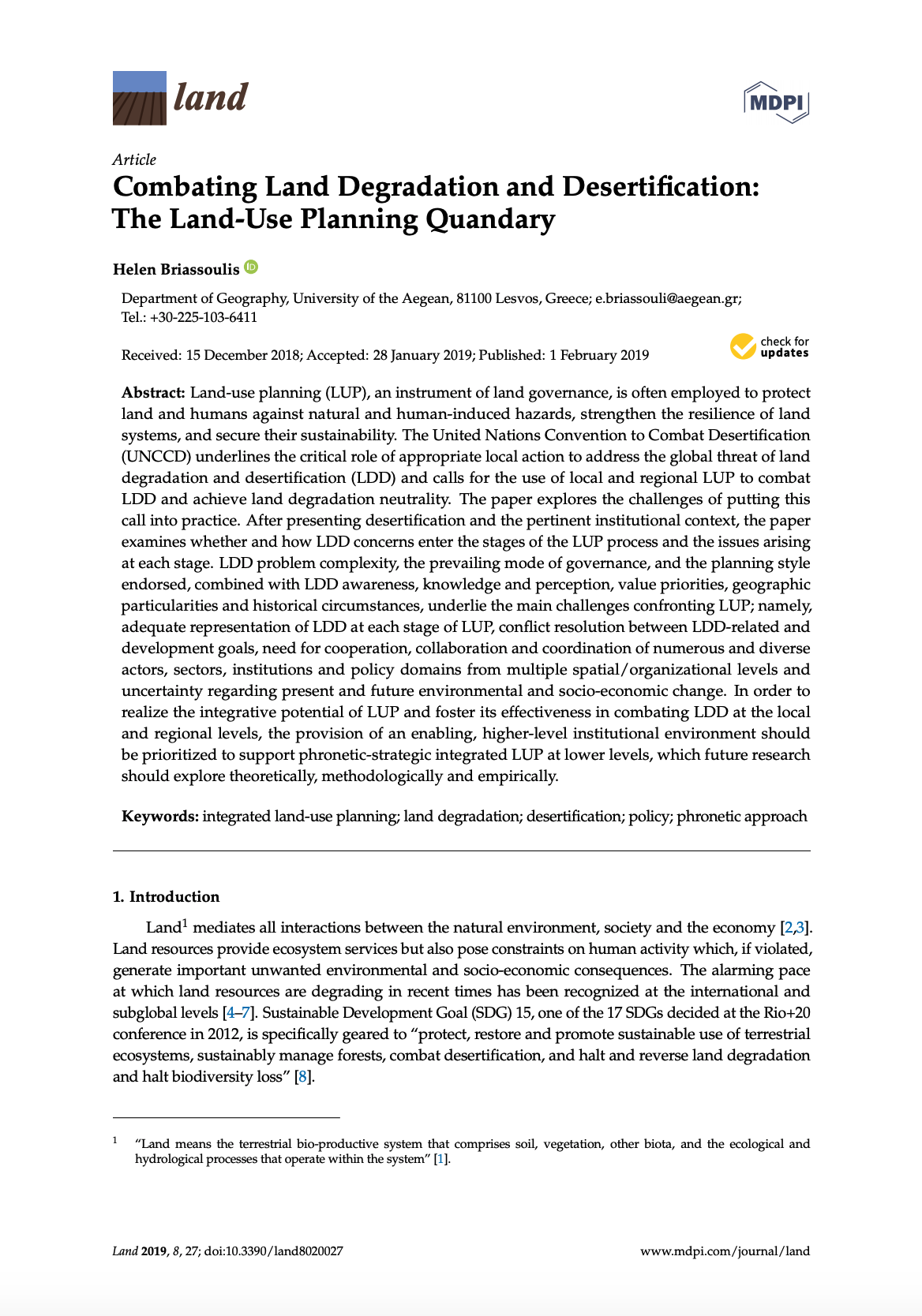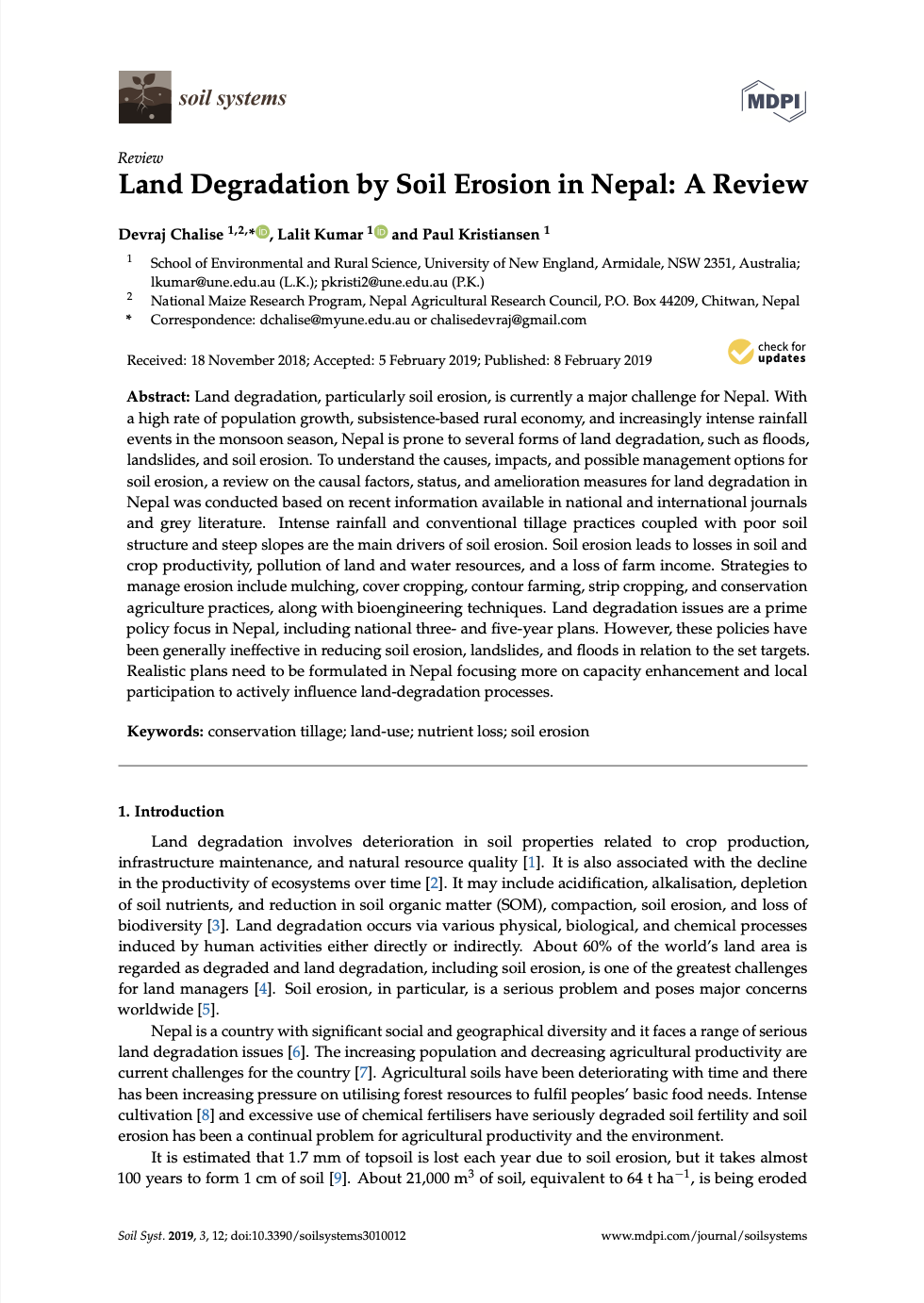Identifying drivers of land degradation in Xilingol, China, between 1975 and 2015
Land degradation occurs in all kinds of landscapes over the world, but the drivers of land degradation vary from region to region. Identifying these drivers at the appropriate spatial scale is an essential prerequisite for developing and implementing appropriate area-specific policies. In this study, we investigate nine different driving factors in three categories: human disturbance, water condition, and urbanisation.












